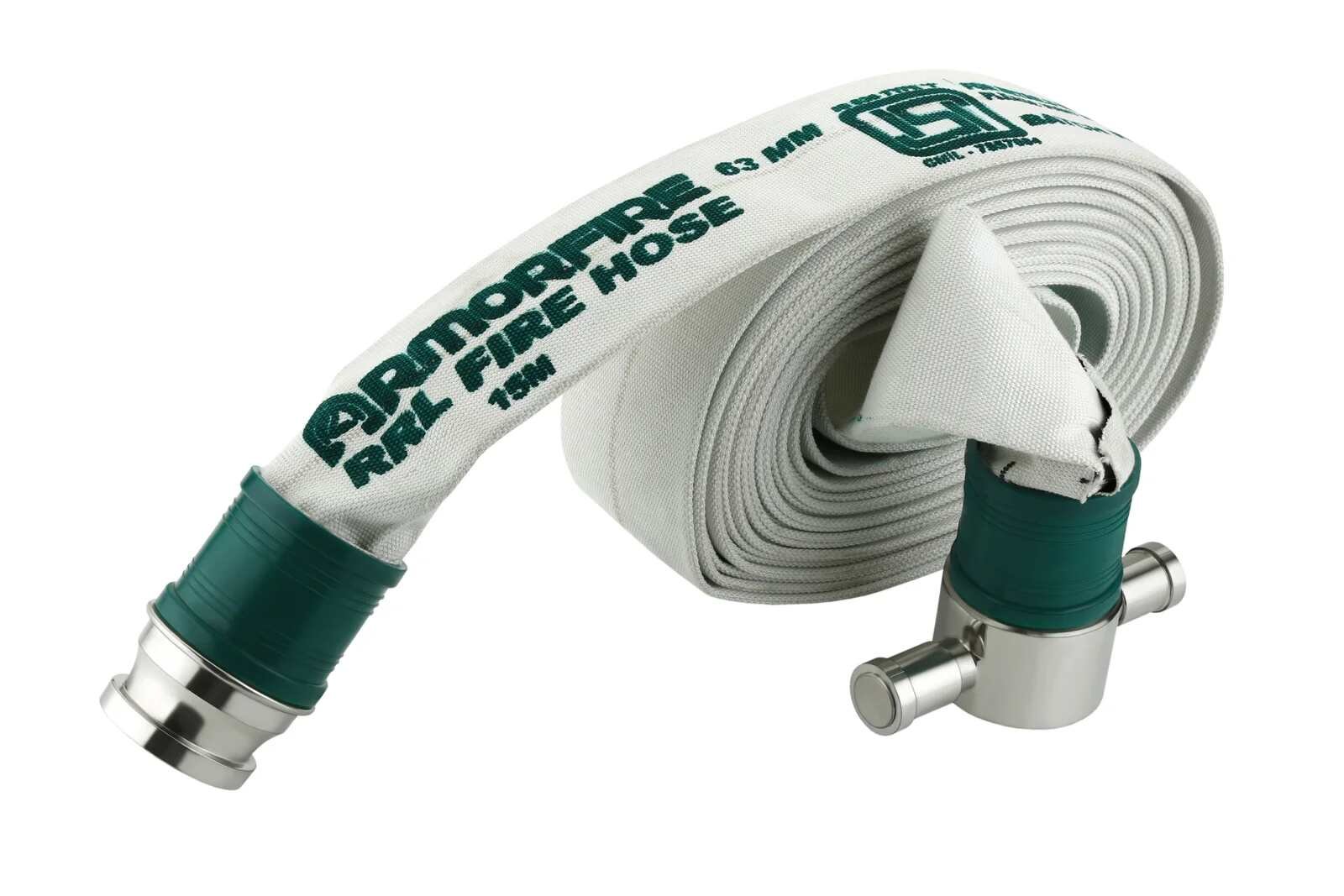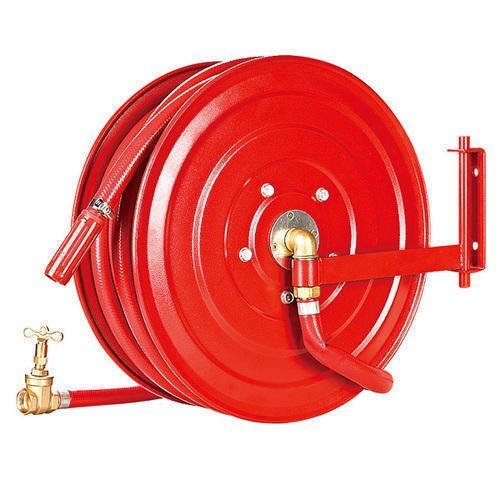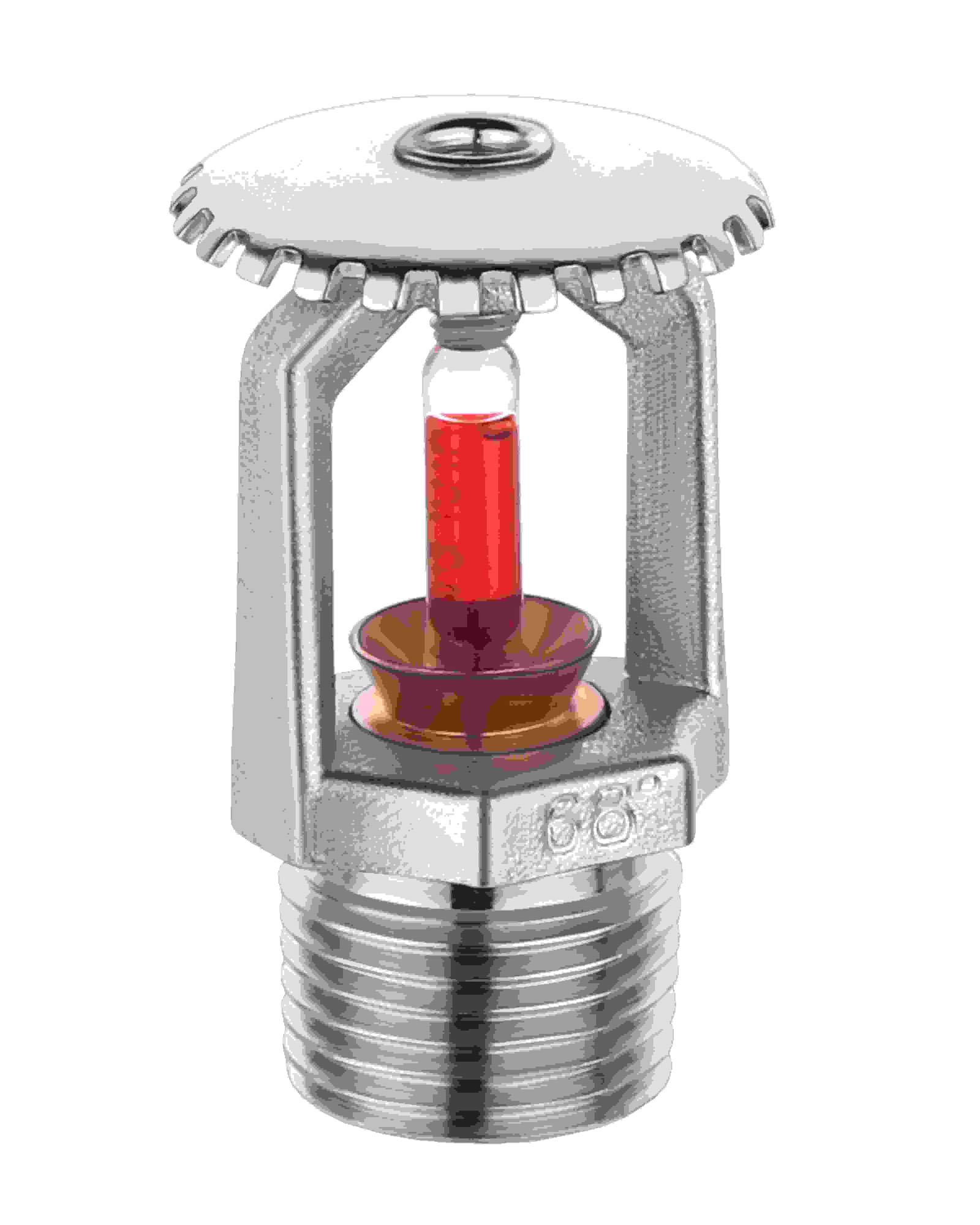What are the Different Types of Fire Protection Systems for Homes?
What are the Different Types of Fire Protection Systems for Homes?
The security of homes heavily depends on fire safety measures which simultaneously safeguard inhabitants' health and protect property assets. Every year a rising number of fire incidents necessitates the implementation of dependable fire protection systems for homes. What are the different types of fire protection systems that exist for residential homes? People who understand these systems are better able to select appropriate safety measures that prevent and control fire hazards.
From the valve of a fire hydrant to RRL fire hose pipes to advanced fire detection systems and fire fighting equipment manufacturers, we will walk through each of them and show how they promote safety. In this endeavor, familiarizing oneself with the systems makes it evident to a homeowner what type of safety measures to institute in order to protect themselves against fire hazards.
Understanding Fire Protection Systems
A fire protection system integrates technological devices with proper equipment to identify then suppress fires to their destructive extent. Security systems are composed of active and passive elements which include alarms together with sprinklers and extinguishers and ventilation mechanisms. Elementary safety standards in residential properties receive continued improvement from firefighting equipment manufacturers who develop premium fire-fighting equipment systems.
What Are the Different Types of Fire Protection Systems?
Here are the frequently used systems convicted as fire protection:

1) Fire Hydrant Valve:
Firefighters depend on fire hydrant valves to enable uninterrupted water supply delivery for extinguishing fires as part of their essential fire protection equipment. Outside home areas and residential complexes serve as the installation locations for these valves because they provide emergency water supply accessibility.
2) RRL Fire Hose Pipe
The Reinforced Rubber-lined hose ( RRL fire hose pipe) operates as a resilient flexible water delivery conduit that transports water between the fire hydrant and affected areas. High temperature and pressure pose no threat to this tool because it demonstrates exceptional resistance to both elements.


3) Hose Reel Drum
The hose reel drum exists as a cylindrical tool that allows nurses to safely store and distribute firefighting hoses. Water delivery becomes fast through this equipment making it simple for emergency response which enables firefighters to extinguish fire outbreaks before their expansion.
4) Fire Detection & Alarm Systems
Early fire detection happens through the essential use of fire detection and alarm systems. Homeowners receive time for evacuation by fire detection systems equipped with smoke detectors heat sensors and alarm units based on their current situation.


5) Fire Extinguishers
Homes commonly use fire extinguishers as their fundamental safety equipment for fire suppression applications. Different types include:
• Water-based extinguishers for ordinary combustibles like paper and wood.
• CO2 extinguishers for electrical fires.
• Foam extinguishers for flammable liquids.
• The powder extinguisher can handle various fire dangers.
6) Fire Sprinklers and Suppression Systems
Fire sprinklers react automatically to high heat levels by discharging water to manage fire development. Fire suppression systems deploy specialized extinguishing agents comprising either gas foam or dry chemicals to rid fires without damaging property by water exposure.

Role of Fire Fighting Equipment Manufacturers
Homeowners rely on firefighting equipment manufacturers to supply superior fire safety equipment that ensures their safety. The company develops new fire protection technologies to manufacture essential fire safety devices such as hydrants and extinguishers as well as alarms and suppression systems. Customers should invest in carefully tested fire safety products that firefighting equipment manufacturers confirm for safety and durability.
Importance of Installing Fire Protection Systems at Home
Several important reasons make it necessary to install fire protection systems at home:
• Reducing Fire Hazards and Damages
Fire protection equipment detects developing fires to control their spread which saves houses and property money.
• Ensuring Safety for Family Members
Home safety mechanisms that include fire alarms and extinguishers together with sprinklers serve as protective barriers that decrease the possibility of severe injuries and deaths during house fires.
• Compliance with Local Fire Safety Regulations
The local authorities in many areas require homeowners to implement fire protection systems in their residences. Property safety along with legal compliance depends on meeting fire regulations because compliance protects both safety and prevents law-related problems related to fire code violations.
Conclusion
An understanding of fire protection systems can help every homeowner. Today, to know what are the different types of fire protection systems, there are several different options ranging from fire hydrant valves and RRL fire hoses to fire detections and sprinklers that help enhance fire safety.
Quality equipment from trusted fire fighting equipment manufacturers will offer maximum protection against fire hazards. Considerations for fire safety in the home would mandate proactive steps to prevent avertable incidents from occurring in the first place and to ensure the protection of lives and property.




